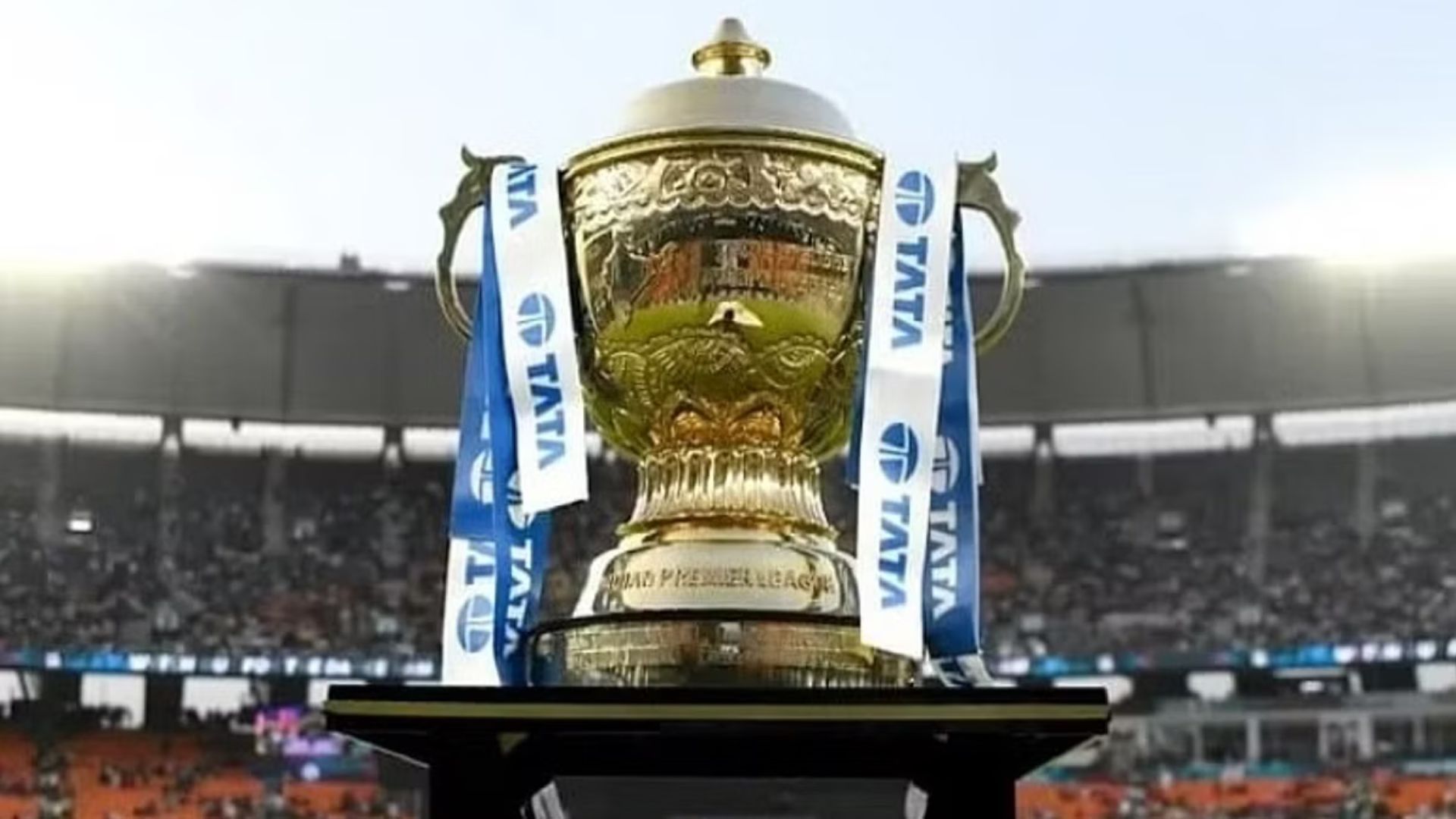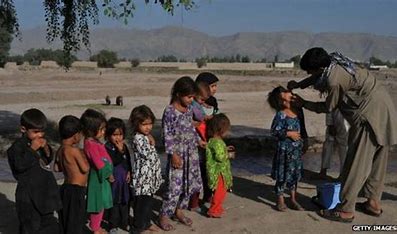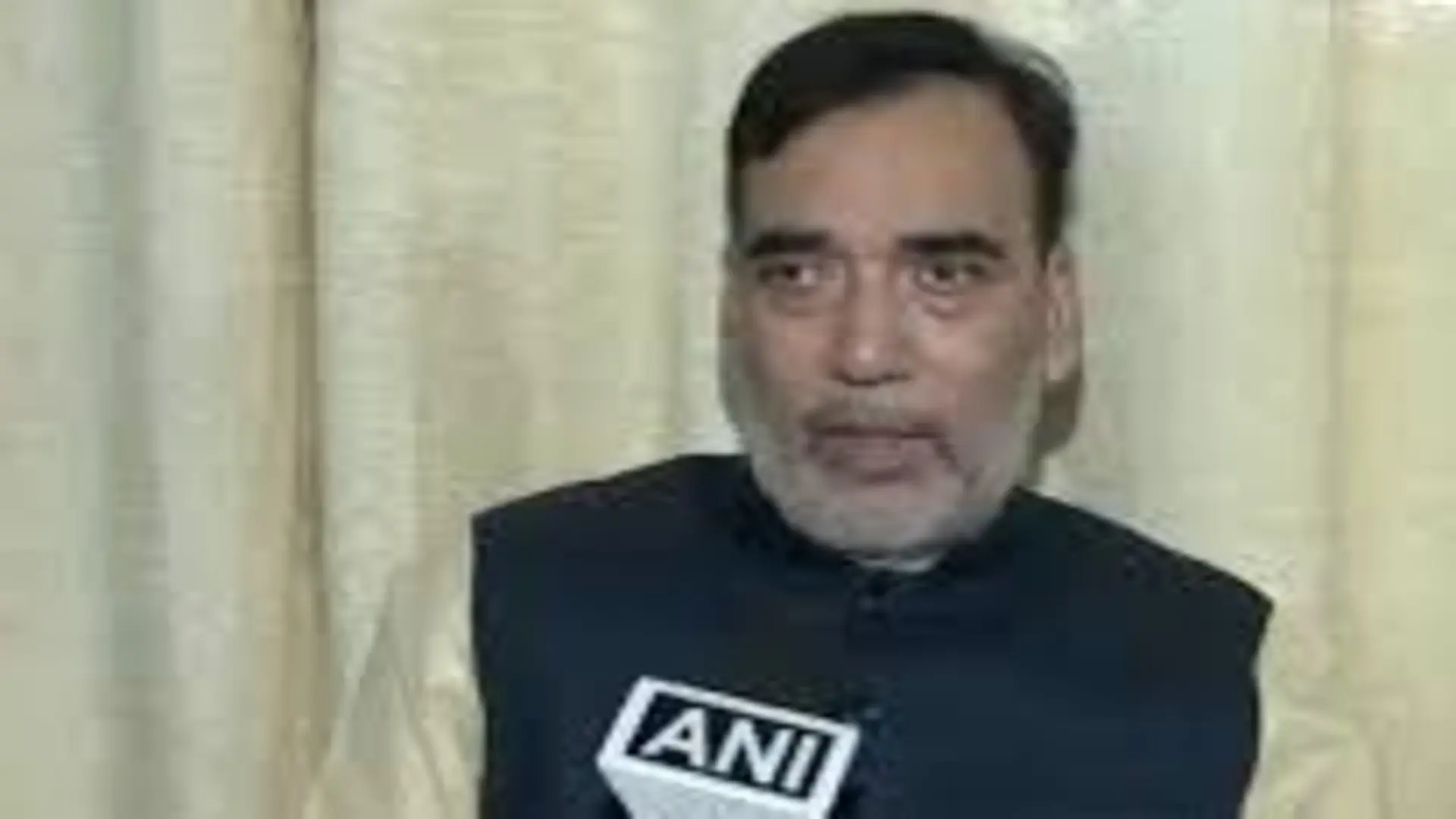
In this article, we’re looking at a comparison of the healthcare industries in the UK and in India…
Healthcare systems around the world vary significantly in terms of structure, accessibility, and overall performance. One notable comparison lies between India’s healthcare system and the National Health Service (NHS) in the United Kingdom, which is considered a benchmark for universal healthcare. And although many Brits remain fiercely proud of their medical system, the number of NHS negligence cases is reaching alarming levels prompting calls for immediate action from the government.
Both systems cater to the health needs of millions of people but operate under distinct frameworks. In this article, we’ll be at the main similarities and differences between both healthcare systems…
Since July 1948, healthcare in the UK has been free of charge through the National Health Service, although those who wish to can access private medical care on a fee-paying basis. This means that all legal residents of the UK are able to access support and treatment through registration with a General Practitioner (GP) as well as emergency treatment and surgical procedures without having to pay for this treatment.
Basic healthcare in India is free for most residents and works through a multi-payer universal health care model which is funded by public and private health insurance funds as well as providing tax funded public hospitals. In 2018, Prime Minister Narendra Modi announced his intention to introduce a healthcare system inspired by the British NHS which would be known as the Ayushman Bharat Programme (or by residents as ModiCare).
In this section, we’re looking at a comparison of the two countries’ healthcare status.
● The United Kingdom – 66 million people
● India – 1.34 billion people
● The United Kingdom – The UK spends almost 9% of its GDP on healthcare (approximately £140 billion)
● India – India spends roughly 4% (and as low as 2.1% in some areas) of its GDP on healthcare (approximately £4 billion)
● The United Kingdom – The average salary for a physician in the UK is around £103,000
● India – The average salary for a physician in India is approximately £50,000 – the minimum requirement set out by the World Health Organisation (WHO)
There are a few things which separate the UK and India to a significant extent when it comes to healthcare, and we’ll look at some of these in this section:
Over the decades, the United Kingdom has managed to eradicate a number of dangerous diseases and now has a focus on major non-infectious diseases such as cancer, diabetes and cardiovascular diseases. India, on the other hand, still struggles with a number of diseases which are now defunct in other parts of the world including rabies, malaria, tetanus and tuberculosis.
Rabies alone kills between 18000 and 20000 people in India every year whereas the last reported case of rabies being contracted within the UK was in 1902. Infectious disease remains a significant problem in India, and this is largely due to the fact that only 88% of the country has access to a basic water source. Sometimes, this water is also polluted, and only 98% have access to basic sanitation.
India’s struggle with infectious disease was thrown into sharp relief during the COVID-19 pandemic when the country saw 44,995,486 cases compared to 24,641,596 in the UK.
The key to combating infectious and non-infectious disease is through immunisation and this is another area in which India falls behind. In the UK, children are, from birth, automatically immunised against a number of diseases including measles, tetanus, rubella and polio, making some of these diseases rare to non-existent. In India – particularly in rural areas – the proportion of immunised children (against any disease) is as low as 39%. This has been blamed on a number of factors including a lack of Primary Health Centres, a lack of doctors and an inadequate supply of water and electricity in some areas. This unfortunately leads to a huge number of children contracting these diseases and spreading them quickly among adults and other children.
In the UK, the government runs many initiatives to ensure that its residents are informed about the things which may present a danger to health and safety such as diet, exercise, safe sex and more. While the Indian government is working on health education for its residents, these initiatives are not as widespread.
While it is clear that Prime Minister Modi is fully committed to improving healthcare in India, the country still struggles greatly with a number of factors including clean water, sanitation and immunisation. Unless these things are addressed as a priority, it’s unlikely that India will see any major changes in the near future.
The NHS also has its problems. While the system was a roaring success at its inception, this was based on it being paid for by one taxpayer per household. Unfortunately, this is no longer the case and, subsequently, the NHS is plagued by funding and staffing problems. Having said that, the NHS does largely fulfil its purpose by providing UK residents with incidental, acute, and emergency treatment thereby saving lives as well as immunising residents against disease.















